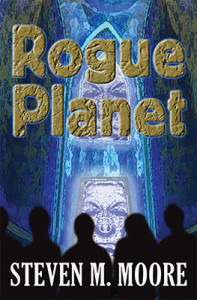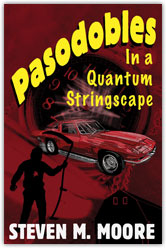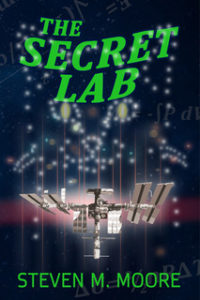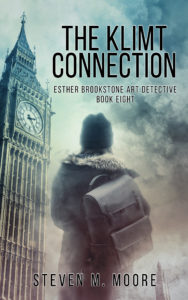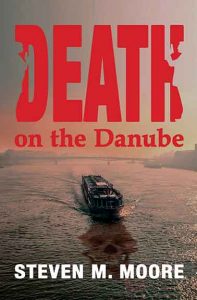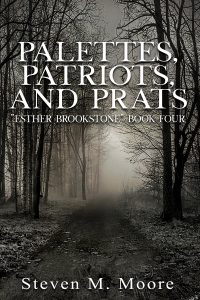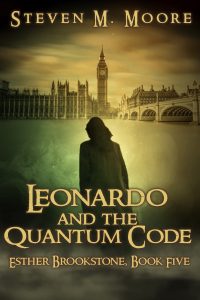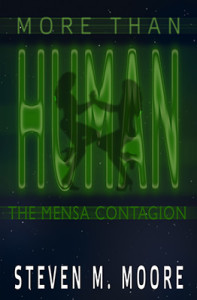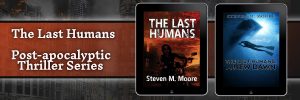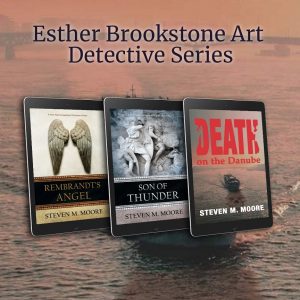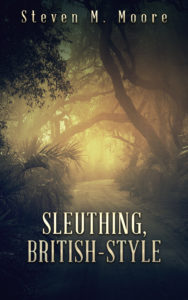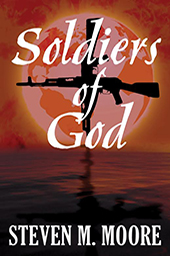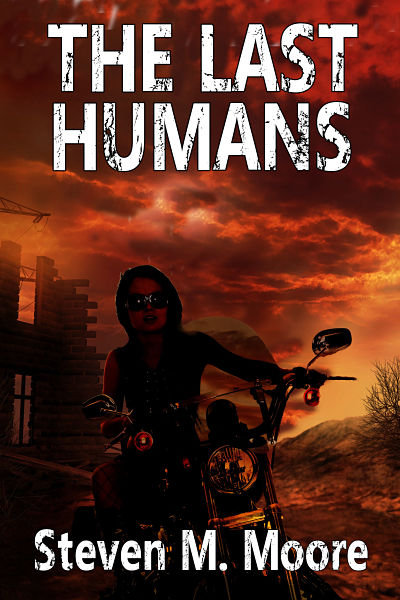Questions I’d like interviewers to ask…
Friday, March 25th, 2022In these days of pandemic (yes, it’s still going on, with 1000+ Americans still dying every day and another surge in Europe occurring, an omen for one here), I’m not doing any book events. So I was thinking about questions interviews or readers have never asked me. Just for fun, here’s a list along with my answers:
Is Moore your real surname? I understand the question. Many authors use pseudonyms. But Steven M. Moore is on my birth certificate (the middle initial is written out there, but I keep that secret). There are many Moores around, from a famous heavyweight champion (Archie Moore, my father’s favorite boxer) to a famous actor (Dudley Moore) and many others. That surname is almost as common as Smith, especially if you add the Irish original, O’Moore.
Why do you only self-publish? I’ve tried traditional publishing with Penmore Press (the first two “Esther Brookstone” novels) and Black Opal Books (the first novel in “The Last Humans” series). As you probably conclude by the fact that I didn’t continue with those two publishers, there were potholes in that traditional-publishing road. When I started putting my fiction out there, I tried the traditional route forced on every writer at the time by the now Big Five publishing conglomerates, a term that indicates a major problem in publishing today: Even a small press, if successful, often disappears into the maws of these T-Rexes of book publishing. I won’t play the game by their onerous rules.
Why do you write in multiple genres? Amazon and even legitimate booksellers continue to insist on traditional genre classification schemes dictated by the Big Five, so I’m forced to use them for marketing purposes even though they’re nothing more than key words. Mystery, thriller, or sci-fi, or even crime, suspense, or romance are just words that can describe qualities of my stories. Readers can classify them any way they like; I don’t care much about that. I just tell the damn story and leave its classification to others. Hopefully the descriptor “entertaining” dominates those classifications.
Do you ever have writer’s block? As I get older, the “blocks” appear more in knowing there’s a perfect word for a given situation, but I can’t remember it at the moment. I put an X there, hoping that in the content editing process, I’ll remember what X should be. Otherwise, I’ve never experienced any block of any kind, and I don’t expect I ever will. When I pass on, I suspect it will be with another story idea in my mind!
Of course, I could answer more questions than these. (You might find some of yours answered on the preceding web pages.) Hopefully live book events will return so that readers can ask them in person!
***
Comments are always welcome. (Please follow the rules found on the “:Join the Conversation” web page. If you don’t, your comment goes into the spam bin.)
Defanging the Red Dragon and Intolerance. Hey readers, want free novels? You have two to choose from here, #6 and #7 from the “Esther Brookstone Art Detective” series. (See the “Free Stuff & Contests” web page.) I’ll be publishing #8, The Klimt Connection, very soon, but maybe you have some catching up to do? Of course, the first five novels are available in ebook format wherever quality ebooks are sold, and the first three novels also have print versions. Lots of Esther’s adventures to choose from!
Around the world and to the stars! In libris libertas!
